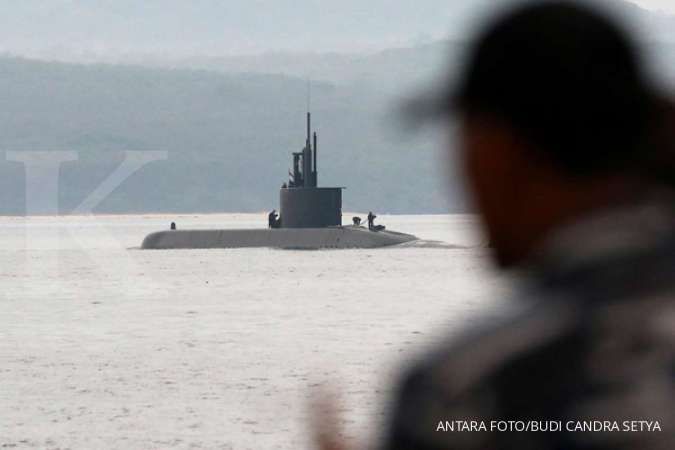Sandhi Yudha
Well-Known Member
I just found this in the "World Defencw Zone" Facebook group.
=========================================
Spesifikasi Indonesia Future Frigate (Iver Huitfeldt)
Sensors and processing systems:
- Hensoldt TRS-4D fixed array
- Hensoldt MSSR 2000 IFF
- Terma Scanter 4603
- Terma C-Fire REO
- Terma C-Flex with 16 multi function console
- Atlas Elektronik ASO 713 Hull-Mounted Sonar
Electronic warfare & decoys:
- Terma C-Guard Naval decoy launching system
- Indra Rigel RESM/RECM
Armament:
- 1x Leonardo 76 mm SRGM
- 1x Rheinmetall 35 mm CIWS
- Leonardo A244/S M3
- MBDA VL Mica, 16 cells
- MBDA Exocet MM40 Block 3, 8 cells
- 2x FN M3 12.7 mm
==============================================
The source of this 'leaked information' is unknown, so it can be made by a fanboy with some knowledge of this project, or an overenthousiast journalist.
Anyway,
The Hensoldt TRS-4D is an advanced AESA radarsystem, superior to the APAR and even similar to the Sea Master 400 from Hollandse Signaalapparaten (Thales Nederand) in specs.
But for the other equipment its a downgrade.
- 1 Oto Melara 76 mm gun in stead of 2 is 50% less firepower.
- VL MICA in stead of SM-2, Aster 15 or Aster 30 is also clearly a downgrade.
So its basically an enlarged SIGMA 10514. Besides that the contract of $720 million is just for the frigates, its not including the missiles, torpedo and CIWS.
=========================================
Spesifikasi Indonesia Future Frigate (Iver Huitfeldt)
Sensors and processing systems:
- Hensoldt TRS-4D fixed array
- Hensoldt MSSR 2000 IFF
- Terma Scanter 4603
- Terma C-Fire REO
- Terma C-Flex with 16 multi function console
- Atlas Elektronik ASO 713 Hull-Mounted Sonar
Electronic warfare & decoys:
- Terma C-Guard Naval decoy launching system
- Indra Rigel RESM/RECM
Armament:
- 1x Leonardo 76 mm SRGM
- 1x Rheinmetall 35 mm CIWS
- Leonardo A244/S M3
- MBDA VL Mica, 16 cells
- MBDA Exocet MM40 Block 3, 8 cells
- 2x FN M3 12.7 mm
==============================================
The source of this 'leaked information' is unknown, so it can be made by a fanboy with some knowledge of this project, or an overenthousiast journalist.
Anyway,
The Hensoldt TRS-4D is an advanced AESA radarsystem, superior to the APAR and even similar to the Sea Master 400 from Hollandse Signaalapparaten (Thales Nederand) in specs.
But for the other equipment its a downgrade.
- 1 Oto Melara 76 mm gun in stead of 2 is 50% less firepower.
- VL MICA in stead of SM-2, Aster 15 or Aster 30 is also clearly a downgrade.
So its basically an enlarged SIGMA 10514. Besides that the contract of $720 million is just for the frigates, its not including the missiles, torpedo and CIWS.
Last edited:

